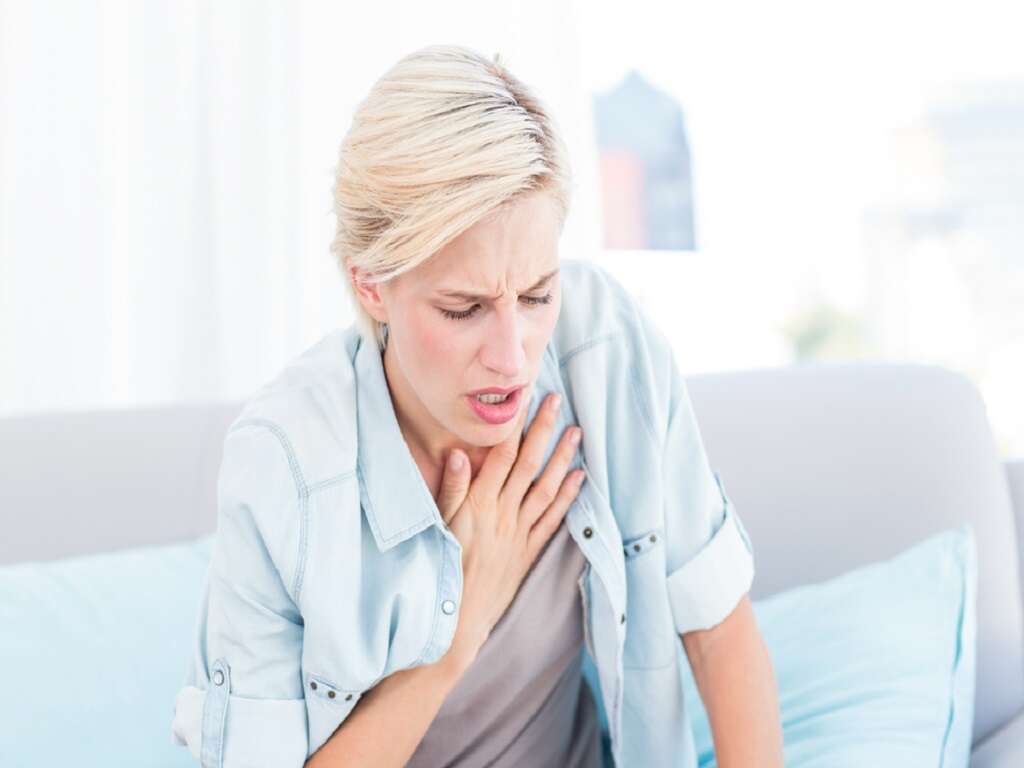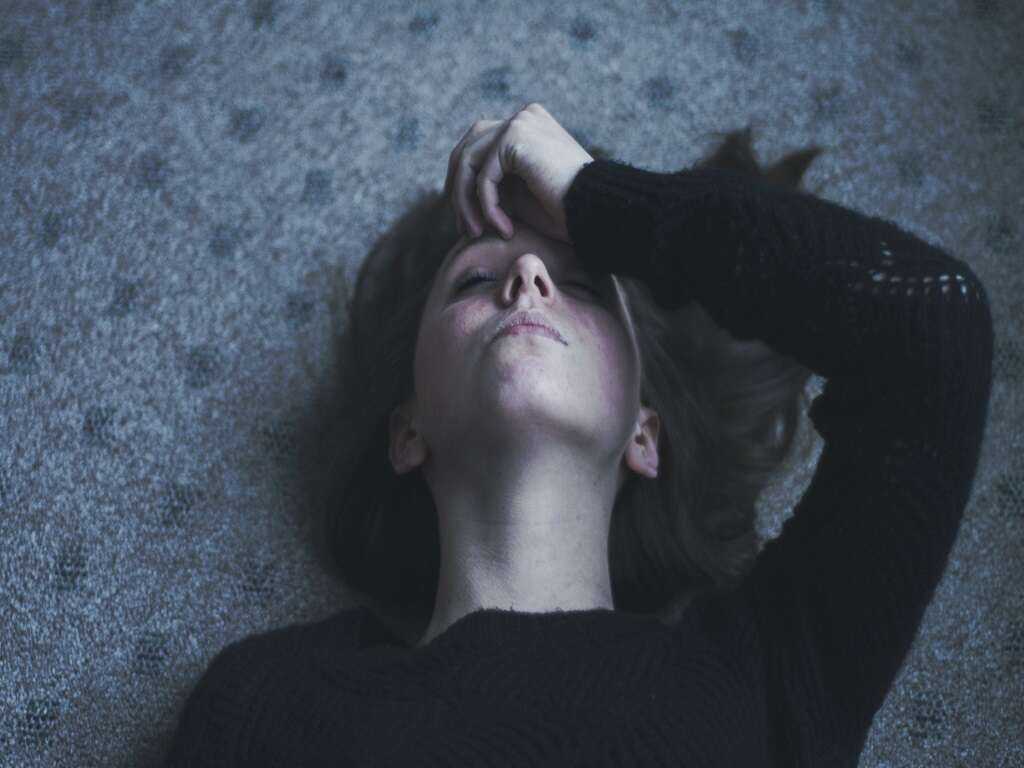10 Orthopnea Symptoms
 Article Sources
Article Sources
- 1. Mukerji, Vaskar. 'Dyspnea, Orthopnea, and Paroxysmal Nocturnal Dyspnea.' NCBI, 1 Jan. 1990, www.ncbi.nlm.nih.gov/books/NBK213/
- 2. 'Heart Failure Symptoms.' University of Michigan Health, 31 Aug. 2020, www.ncbi.nlm.nih.gov/books/NBK213/
- 3. 'Wheezing.' Cleveland Clinic, 24 Sep. 2020, https://my.clevelandclinic.org/health/symptoms/15203
- 4. 'Fatigue.' Mayo Clinic, 2 Dec. 2020, https://www.mayoclinic.org/symptoms/fatigue/basics/causes/sym-20050894?p=1
Orthopnea is a shortness of breath that occurs when an individual lies down. It's different from dyspnea, a condition in which an individual has difficulty breathing in general.1Mukerji, Vaskar. ‘Dyspnea, Orthopnea, and Paroxysmal Nocturnal Dyspnea.’ NCBI, 1 Jan. 1990, www.ncbi.nlm.nih.gov/books/NBK213/
Orthopnea is caused by a disrupted flow of blood from an individual's heart to their lungs. Possible reasons for orthopnea include congestive heart failure, heart valve disease, chronic obstructive pulmonary disease and sleep apnea. In many cases, individuals may find relief by propping themselves up on an extra pillow. If a person needs to be propped on three or more pillows to breathe properly, they should seek medical treatment.2‘Heart Failure Symptoms.’ University of Michigan Health, 31 Aug. 2020, www.ncbi.nlm.nih.gov/books/NBK213/
Shortness of Breath
Those who have orthopnea typically experience shortness of breath while lying down. They may find themselves trying to take bigger or longer breaths to get more air into their lungs.
In many cases, individuals may find quick relief by sitting in an upright position. After this, their breathing typically normalizes. However, the level of breathing difficulty varies. For some, the shortness of breath is minimal, while others may find breathing very difficult and experience additional symptoms or lingering effects. The cause of the orthopnea usually determines the level of breathing difficulty.
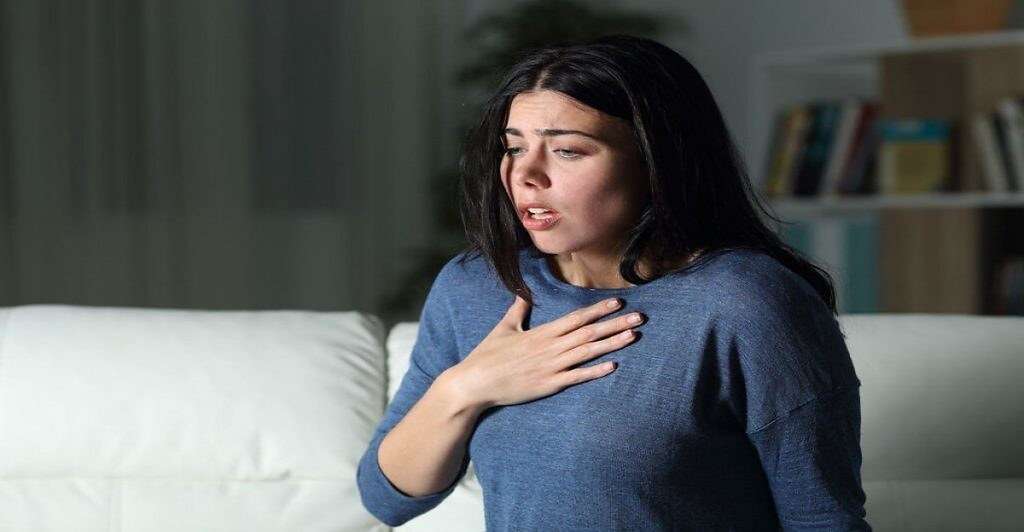
Labored Breathing
In more serious cases, individuals may exhibit labored breathing. This differs from shortness of breath, as individuals may experience gasping, grunting and sweating while trying to breathe. As a result, labored breathing may be exhausting.
Similar to the remedy for shortness of breath, sitting upright may help a person overcome labored breathing. Experiencing frequent, labored breathing may lead to other physical symptoms or may negatively affect one's mental well-being if the breathing difficulty is consistent.

Chest Pain
Chest pain is another common symptom of orthopnea. Many people describe it as a feeling of tightness in their chest. A person with orthopnea may find it difficult to move, as moving may cause the pain to worsen.
Many wait for the pain to pass, which commonly doesn't take long. However, if both breathing difficulty and chest pain occur simultaneously, the pain may be worse, and it may take more time for the pain to dissipate.
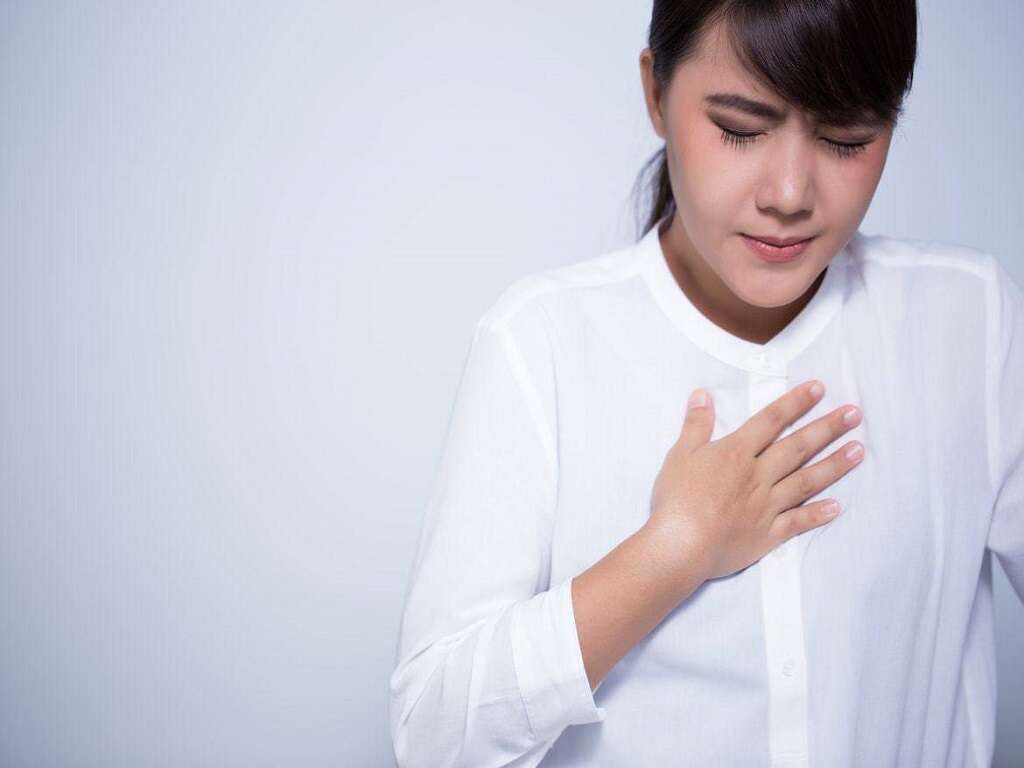
Coughing
Coughing may occur in an individual whose airway is particularly restricted. In some cases, people with orthopnea may be able to fall asleep but wake up coughing, as their shortness of breath occurs while they're sleeping.
The coughing may be mild or more severe, leading to chest pain if the coughing causes stress on the body. An individual may also experience a rapid heartbeat as a response to strenuous coughing.
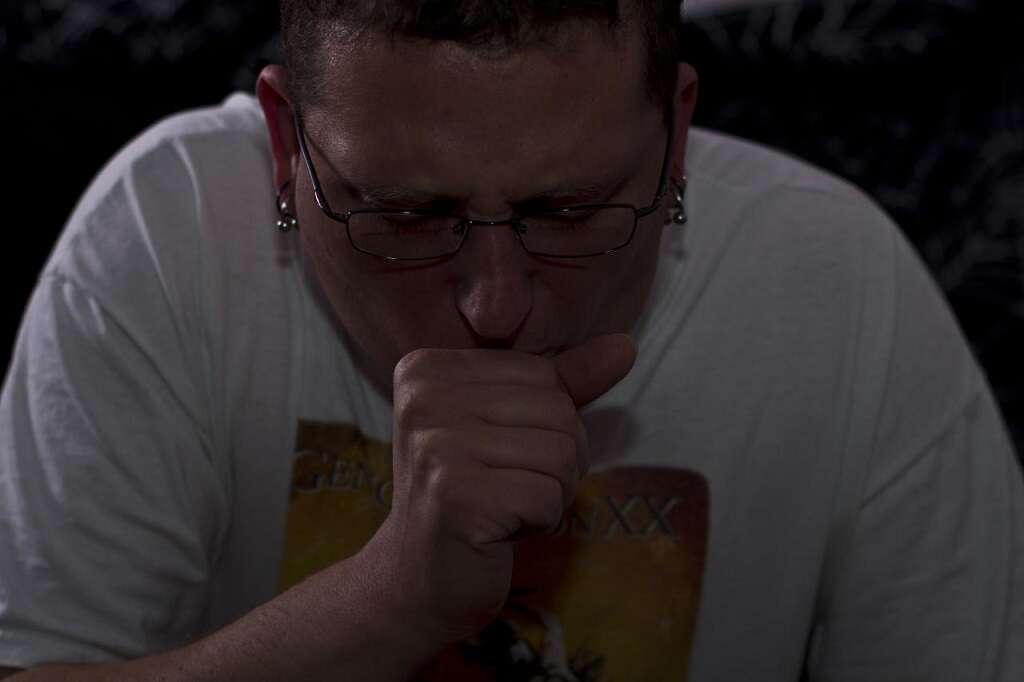
Wheezing
Some experience wheezing with orthopnea. Wheezing is commonly accompanied by a rattling sound during exhalation. Sometimes wheezing may only be heard when a health care professional listens to the chest using a stethoscope, but in more acute cases, the sound may be loud and enduring.3‘Wheezing.’ Cleveland Clinic, 24 Sep. 2020, https://my.clevelandclinic.org/health/symptoms/15203
People may manage wheezing by performing breathing exercises, such as taking slow, deep breaths. Breathing typically returns to normal after the person is able to catch their breath properly.

Interrupted Sleep
Interrupted sleep is a common symptom of orthopnea. Some individuals may be able to fall asleep easily but are woken up throughout the night by breathing difficulties, coughing, wheezing or intense chest pain.
Others may be unable to fall asleep at all unless they sleep upright or sleep on more than one pillow. This may lead to discomfort while sleeping, with an individual waking up with a sore neck or back.
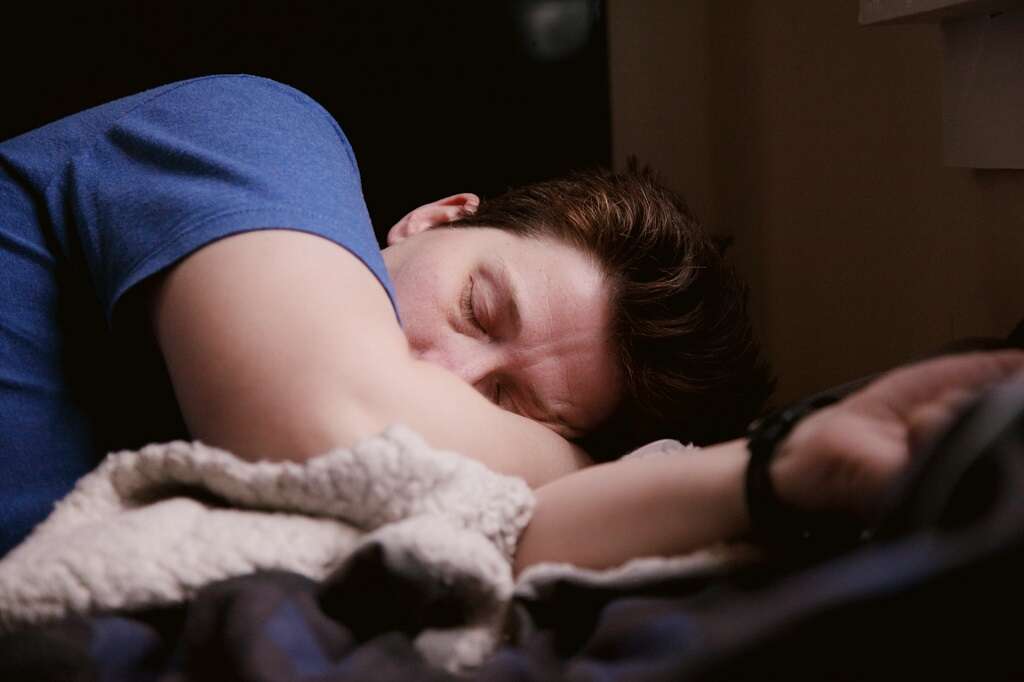
Fatigue
If a person regularly experiences interrupted sleep, they may develop fatigue. This symptom produces overwhelming exhaustion that may lead to additional problems that may have a negative effect on the person's life.
Common issues that arise from fatigue include reduced energy, an inability to concentrate and issues related to emotional well-being, with an increased possibility that depression develops.4‘Fatigue.’ Mayo Clinic, 2 Dec. 2020, https://www.mayoclinic.org/symptoms/fatigue/basics/causes/sym-20050894?p=1 If fatigue continues without relief, individuals may develop more serious conditions, such as chronic fatigue syndrome.
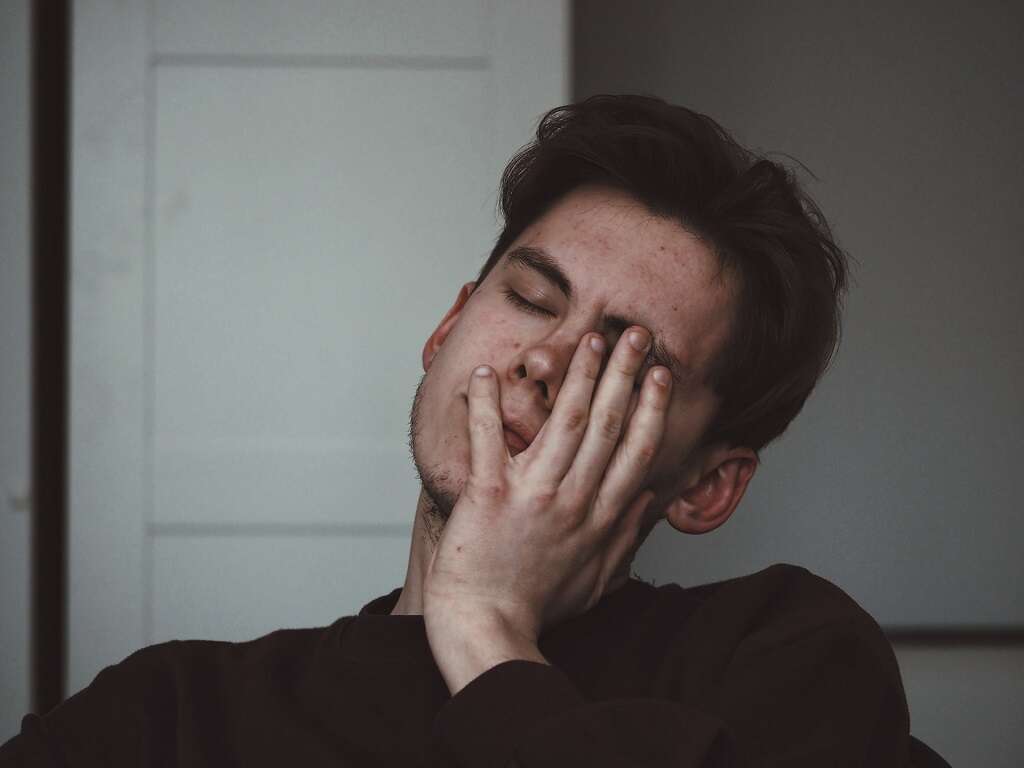
Difficulty Exercising
People with orthopnea who enjoy exercising may begin to experience difficulty working out due to their breathing difficulties. If fatigue begins to set in, they may have a hard time beginning to exercise or being able to exercise for a long time.
On the other hand, if those with orthopnea start to develop other, more serious breathing issues, they may run out of breath quickly while performing any kind of exercise.
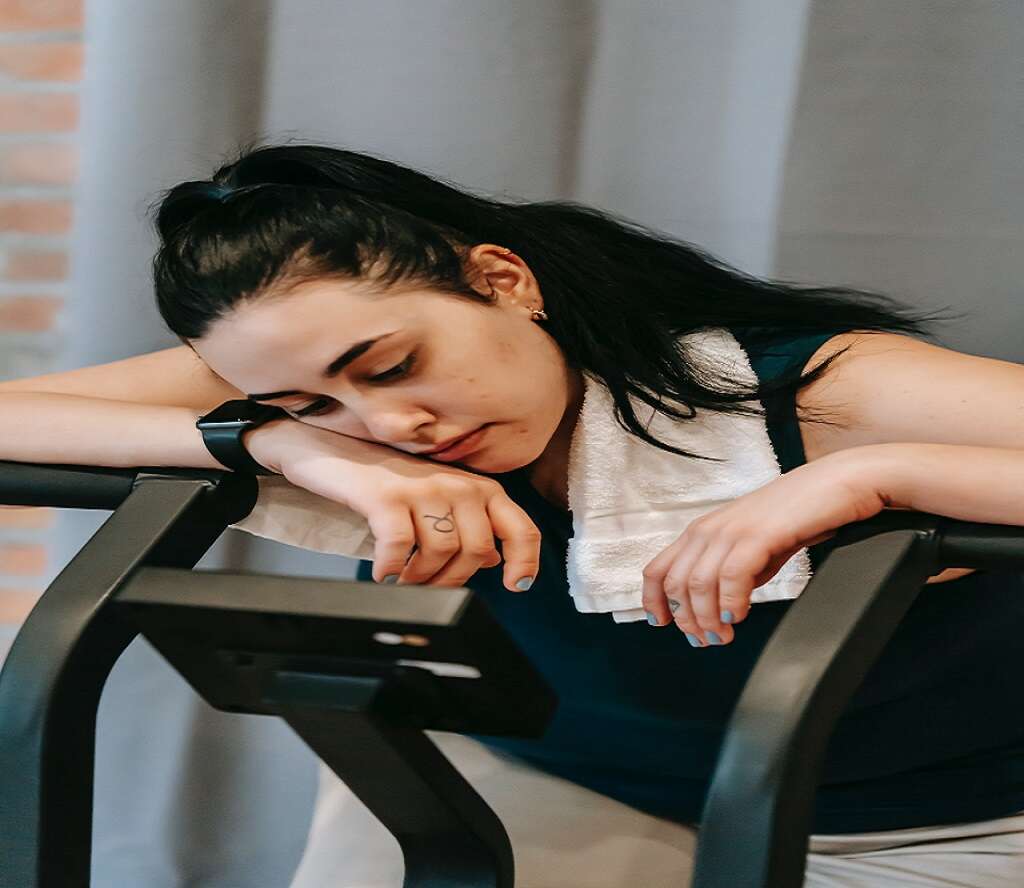
Weight Gain
Dealing with sleeping problems, pain and exhaustion caused by orthopnea may lead to weight gain in some individuals. Weight gain is more of a long-term symptom that develops over time, especially if a person experiences more severe effects of orthopnea.
Seeking advice from a doctor and maintaining healthy eating habits may help people avoid unwanted weight gain. Unless precluded by a medical condition, exercise should be incorporated into an individual's routine.
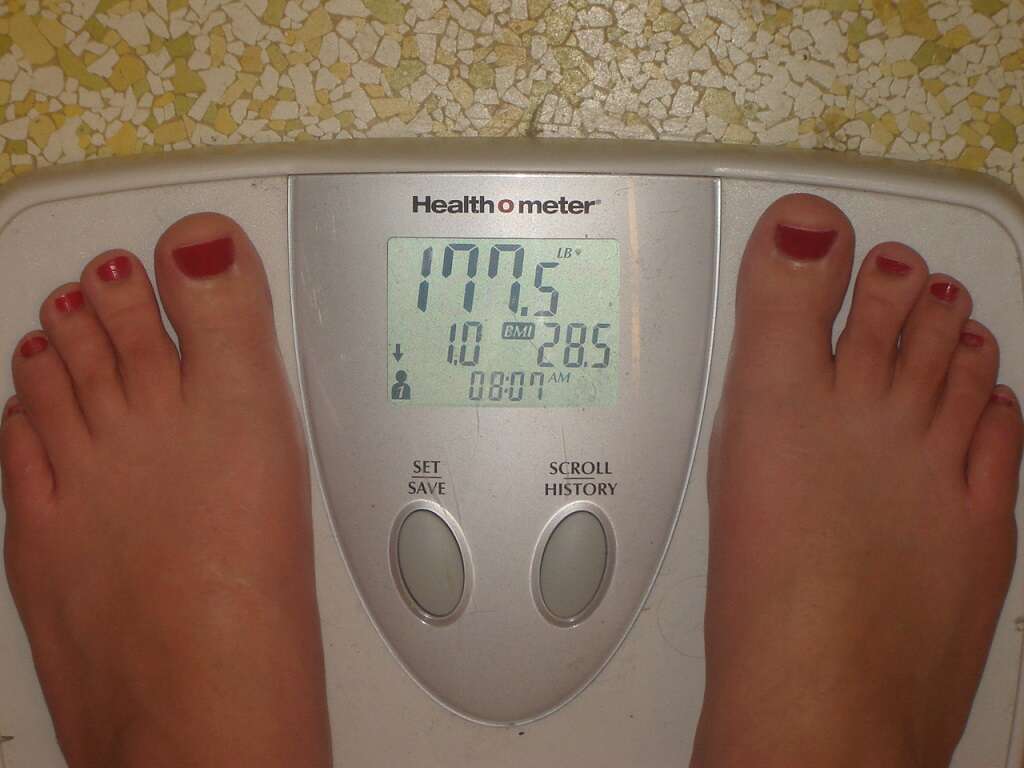
Swelling in Legs or Ankles
In rare cases, those with orthopnea may start to see swelling in their legs and ankles. This is a possibility if the orthopnea is caused by heart failure or heart disease. Swelling occurs when blood gets backed up in these body areas.
The swelling may be alleviated by moving or elevating the affected body part until the swelling subsides. As swelling is a serious symptom, those who experience it may benefit from medical attention.





